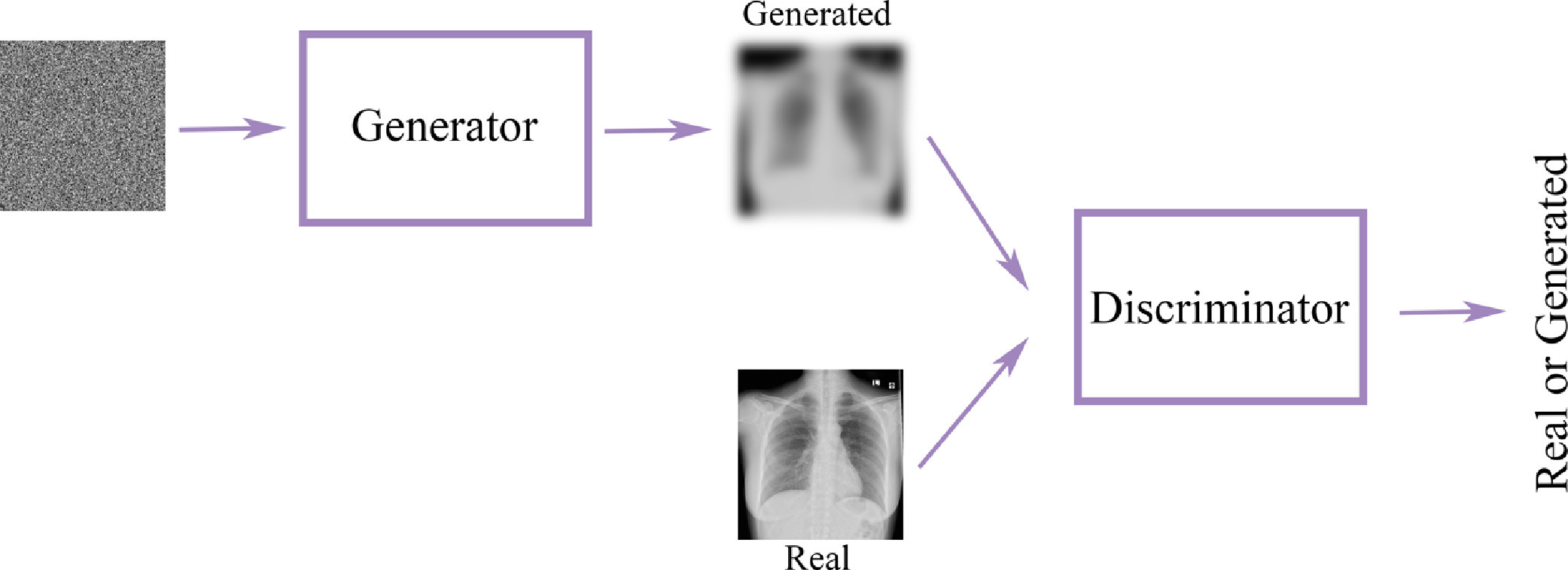Data Augmentation for X-Ray Screening Images
The objective of this experiment was to increase the robustness of an AI model through data augmentation for X-ray screening images. As the project lead, I was responsible for devising the architecture of the generative adversarial network (GAN) and designing the experimental steps, as well as analyzing the performance of the model.

The adversarial system
To start, I experimented with two different network architectures, using extensive hyperparameter tuning to fine-tune the GAN for optimal performance. Additionally, to capture the features of the X-ray images, I advanced the network by appending a Sobel filter. Finally, I conducted a non-parametric hypothesis test (NHST) to analyze the performance of the network, which demonstrated the effectiveness of our approach.

The evolution of the image quality
Given the limitations of GPU capacity restrictions on Google Colab, I enhanced the program with Tensorflow checkpoint functionality to improve the training process in an interruptible manner. This allowed the optimized network to provide mock X-ray images, which can be used as augmented data for medical research purposes. Overall, this project demonstrated the effectiveness of our approach in augmenting X-ray screening images for improved performance of AI models.
